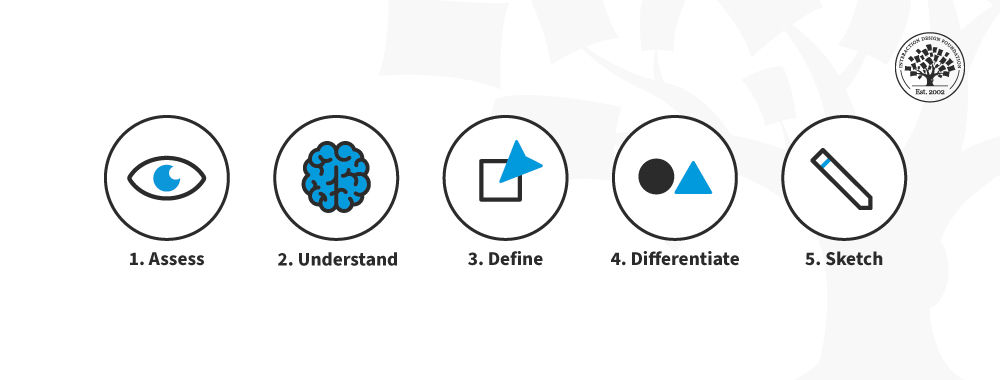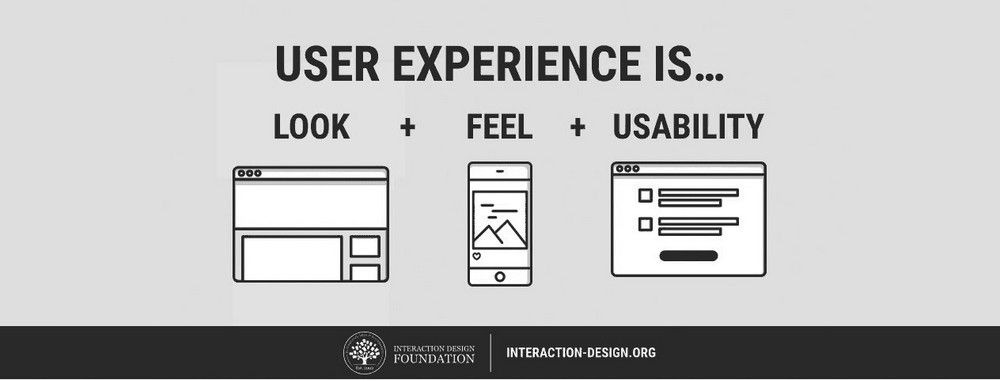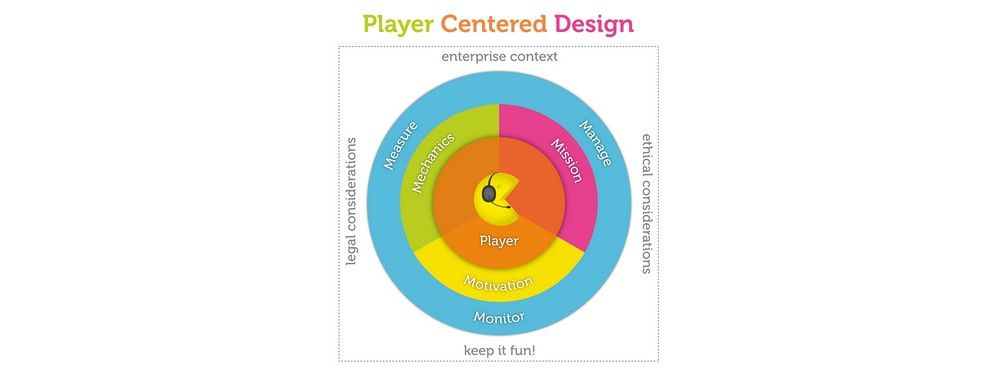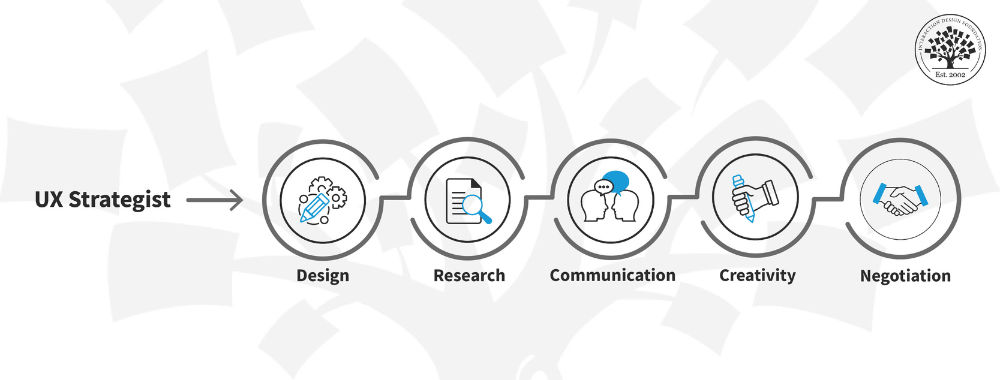From a business perspective, differentiation is one of the primary reasons for investing in UX. If your products and services stand out from those of your competitors, they’re much more likely to be a market success – and having the most compelling and relevant user experiences is a great way to stand out! In this video, we will take you through the most important factors in differentiation through UX.
Show
Hide
video transcript
- Transcript loading…
So, in order to practice UX that differentiates you from your competitors, you need to use an outside-in work process. Outside-in means gathering information about actual users and customers in the context most relevant for your product or service and bringing that information into your organization. You should conduct user research with existing or prospective customers throughout your design process, both to inspire and inform your ideas and to validate your products. It’s much easier to create an outside-in organization if you’re working in a human/user-centered process that lets you systematize how you work with UX and ensures you’re constantly measuring your UX work with actual users. When you don’t have a systematized process, getting resources and time for crucial activities such as user research and product validation becomes a constant battle and you’ll end up not being truly user-centered.
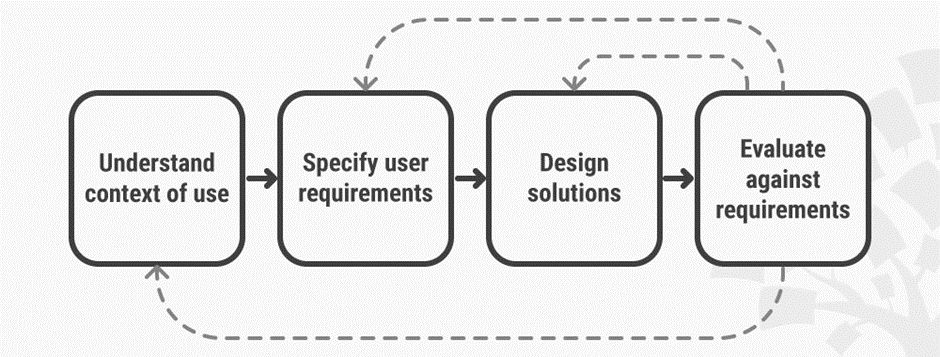
User-centered design is an overall term for work processes that put the needs and abilities of the user at the center of the development process. It’s been described in different terms, but overall it’s an iterative process that has four steps:
- Conducting user research to understand the context of use, thereby ensuring the relevance of your product or service.
- Specifying user requirements based on user insights.
- Designing and developing solutions.
- Evaluating your solutions with real users, to ensure they meet the set requirements.
Ideally, this iterative process continues until evaluations show that the product is ready to be released. Therefore, before reaching that point, you’ll find yourself constantly moving through the four steps.
The Takeaway
Creating great user experiences is crucial if you’re going to make products that stand out from your competitors and that your customers will find truly relevant. The key to great user experiences is to work in an outside-in fashion, constantly including your users’ point of view in your design process. Working in a systematized user-centered process will help you continually focus on your users and their needs, so you can spend your energy designing awesome user experiences instead of fighting for the resources you need.
References and Where to Learn More
Harley Manning, Josh Bernoff, and Kerry Bodine (2012): Outside In: The Power of Putting Customers at the Center of Your Business
You can read more about user-centered design from Professor David Benyon in his book Designing Interactive Systems – A Comprehensive Guide to HCI, UX and Interaction Design (2013).
Hero Image: Copyright holder: rawpixel. Copyright terms and license: CC BY 2.0




